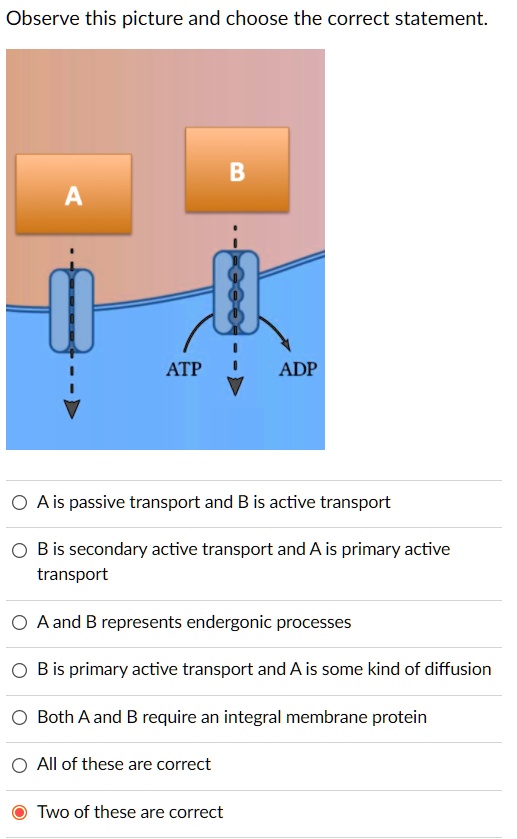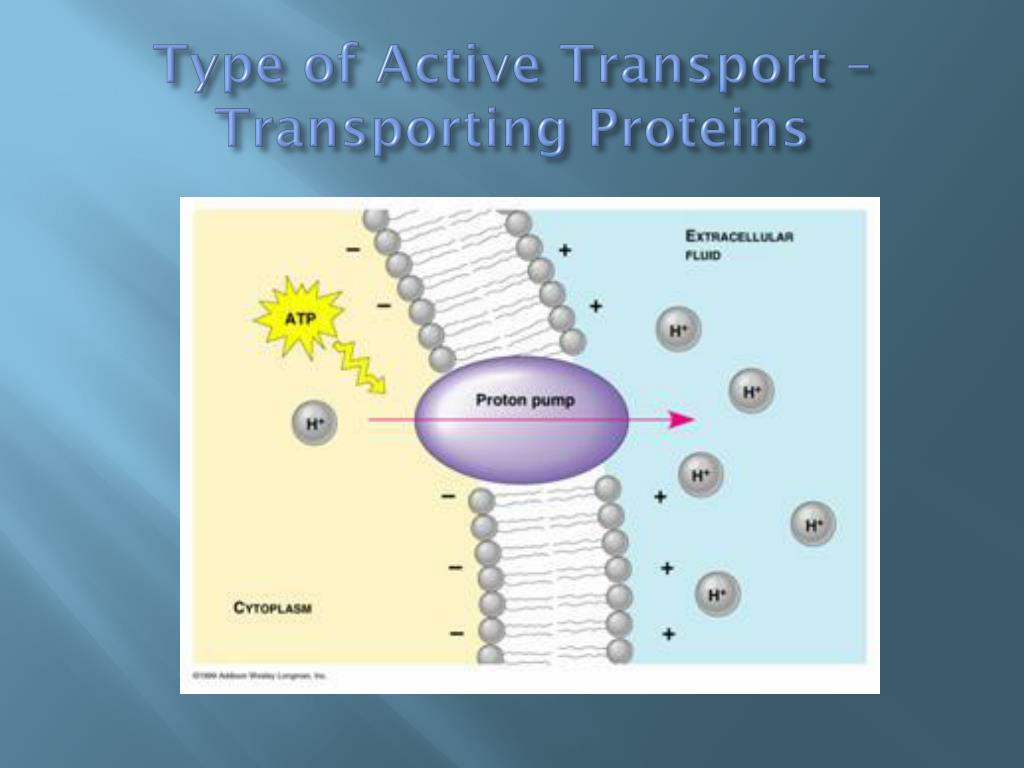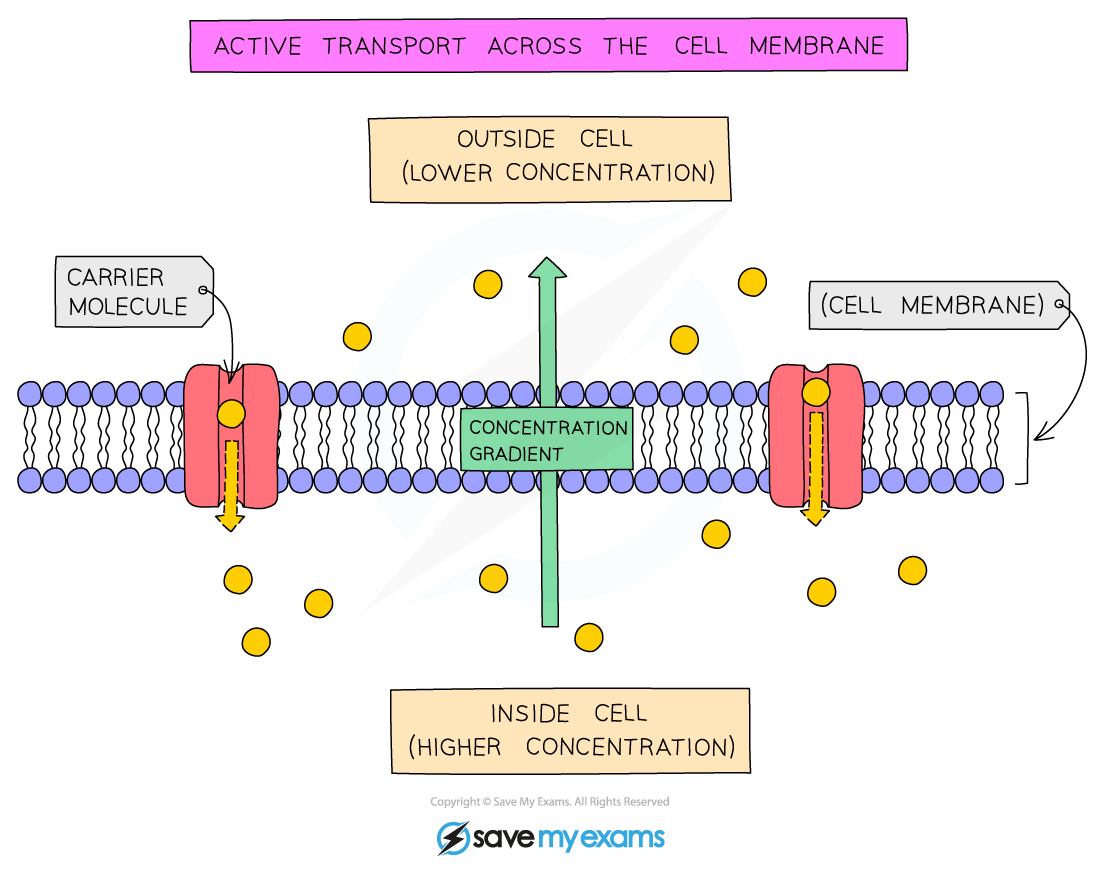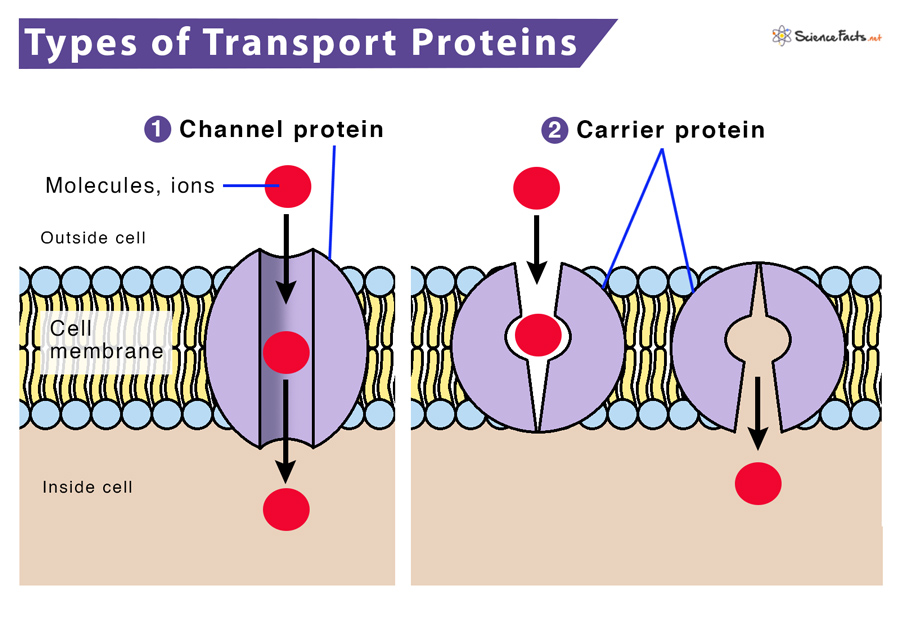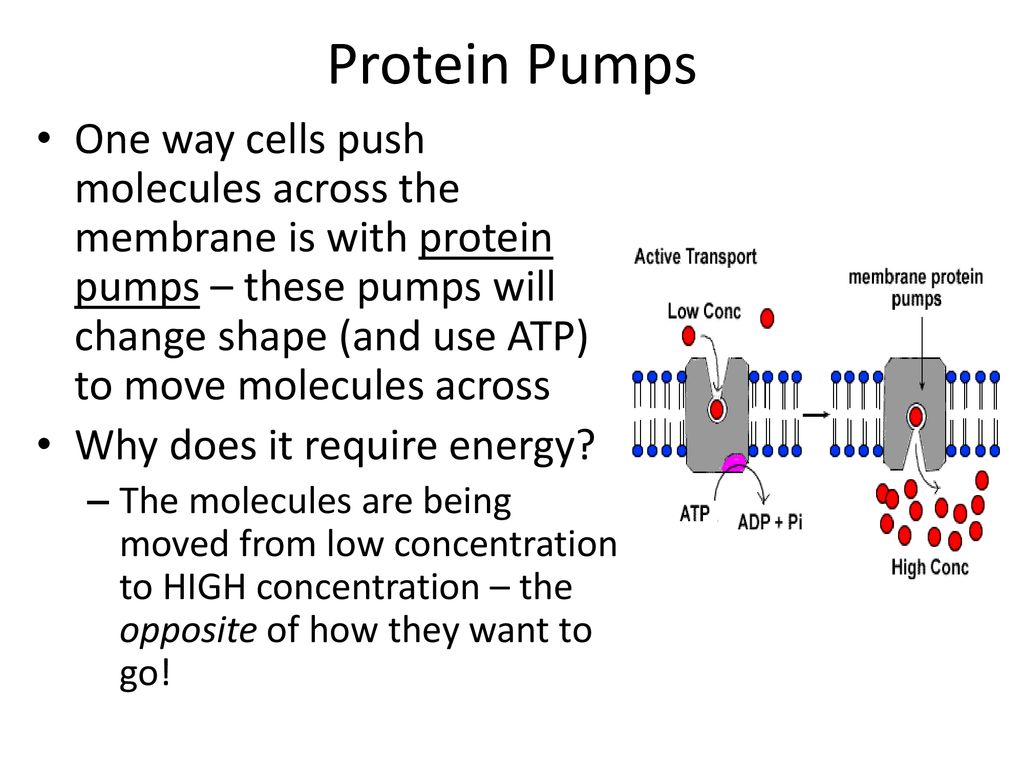Which Statements Are Properties Of Protein Based Active Transport

The microscopic world within our cells teems with activity, a constant ballet of molecules moving in and out, maintaining the delicate balance that sustains life. Among the most critical processes in this cellular dance is active transport, a mechanism powered by energy that moves substances against their concentration gradients. Understanding the specific properties of protein-based active transport is crucial for unraveling the complexities of cellular function and developing targeted therapies for a range of diseases.
This article delves into the defining characteristics of protein-based active transport, examining the roles of specialized proteins in this process, the energy requirements, the specificity of transport, and the impact of these properties on overall cellular health. We will explore the scientific consensus on these statements, drawing from established research and expert opinions to provide a comprehensive overview. The aim is to illuminate the fundamental principles governing active transport, shedding light on its importance in biological systems.
The Role of Protein Transporters
Active transport relies entirely on specialized protein transporters embedded within the cell membrane. These proteins act as gatekeepers, selectively binding to specific molecules and facilitating their passage across the otherwise impermeable lipid bilayer. Without these protein transporters, active transport would be impossible.
These transporters are not merely passive channels; they undergo conformational changes driven by energy input. This allows them to ferry molecules against their electrochemical gradient, a feat that passive diffusion cannot accomplish.
Energy Requirement: The Driving Force
The hallmark of active transport is its requirement for energy. This energy is most commonly supplied by adenosine triphosphate (ATP), the cell's primary energy currency. Hydrolysis of ATP releases energy, which is then used to power the conformational changes in the transporter protein.
There are two main types of active transport based on the energy source. Primary active transport directly utilizes ATP, while secondary active transport uses the electrochemical gradient created by primary active transport to move other molecules.
Specificity: A Key Characteristic
Protein-based active transport exhibits a high degree of specificity. Each transporter protein is designed to bind and transport only a specific type of molecule or a group of structurally similar molecules. This selectivity ensures that the cell maintains the correct internal environment.
This specificity arises from the unique three-dimensional structure of the transporter protein's binding site. The shape and chemical properties of this site are complementary to the target molecule, allowing for precise recognition and binding.
Examples of Active Transport in Action
The sodium-potassium pump (Na+/K+ ATPase) is a prime example of primary active transport. This pump uses ATP to transport sodium ions out of the cell and potassium ions into the cell, both against their concentration gradients. This process is crucial for maintaining cell volume, nerve impulse transmission, and muscle contraction.
Secondary active transport is exemplified by the sodium-glucose cotransporter (SGLT). SGLT uses the sodium gradient established by the Na+/K+ ATPase to transport glucose into the cell. This is particularly important in the small intestine for glucose absorption.
Consequences of Dysfunctional Active Transport
Malfunctions in active transport can have severe consequences for cellular and organismal health. For instance, defects in the cystic fibrosis transmembrane conductance regulator (CFTR) protein, a chloride channel involved in active transport, lead to cystic fibrosis. This results in thick mucus buildup in the lungs and other organs.
Furthermore, disruptions in glucose transport can contribute to diabetes. Problems with the Na+/K+ ATPase can lead to neurological disorders and heart problems. These examples highlight the critical importance of properly functioning active transport systems.
Statements That Accurately Describe Protein-Based Active Transport
Based on scientific consensus, several statements accurately describe protein-based active transport:
- It requires the participation of membrane-bound transport proteins: Active transport is mediated by specialized proteins that span the cell membrane.
- It requires energy input, typically ATP: This energy is used to move molecules against their concentration gradients.
- It can move substances against their concentration gradient: This is the defining characteristic of active transport.
- It exhibits substrate specificity: Each transporter protein binds and transports only specific molecules.
- It is essential for maintaining cellular homeostasis: Active transport plays a crucial role in regulating the internal environment of the cell.
Future Directions in Active Transport Research
Research into active transport continues to be a vibrant field. Scientists are working to develop new drugs that target specific transporter proteins to treat a variety of diseases. Understanding the intricate mechanisms of active transport holds promise for improving human health.
Advanced techniques, such as cryo-electron microscopy, are enabling researchers to visualize the structure of transporter proteins at atomic resolution. This knowledge is essential for designing more effective drugs and therapies.
Conclusion: The Importance of Understanding Active Transport
Protein-based active transport is a fundamental process that underpins the very essence of life. Its properties - reliance on protein transporters, energy dependence, specificity, and ability to move substances against their concentration gradients - are critical for maintaining cellular function and overall organismal health. By deepening our understanding of active transport, we can unlock new avenues for treating diseases and improving the well-being of individuals.
Continued research into the intricacies of active transport will undoubtedly yield further insights into the complexities of cellular processes and pave the way for innovative therapeutic interventions.
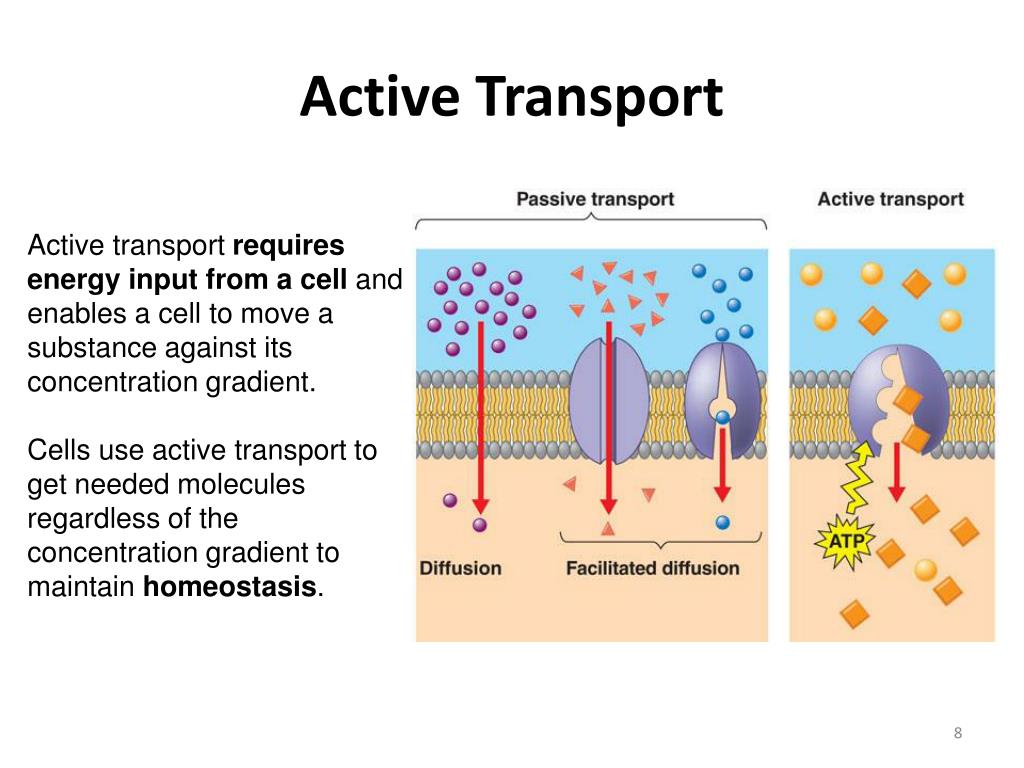


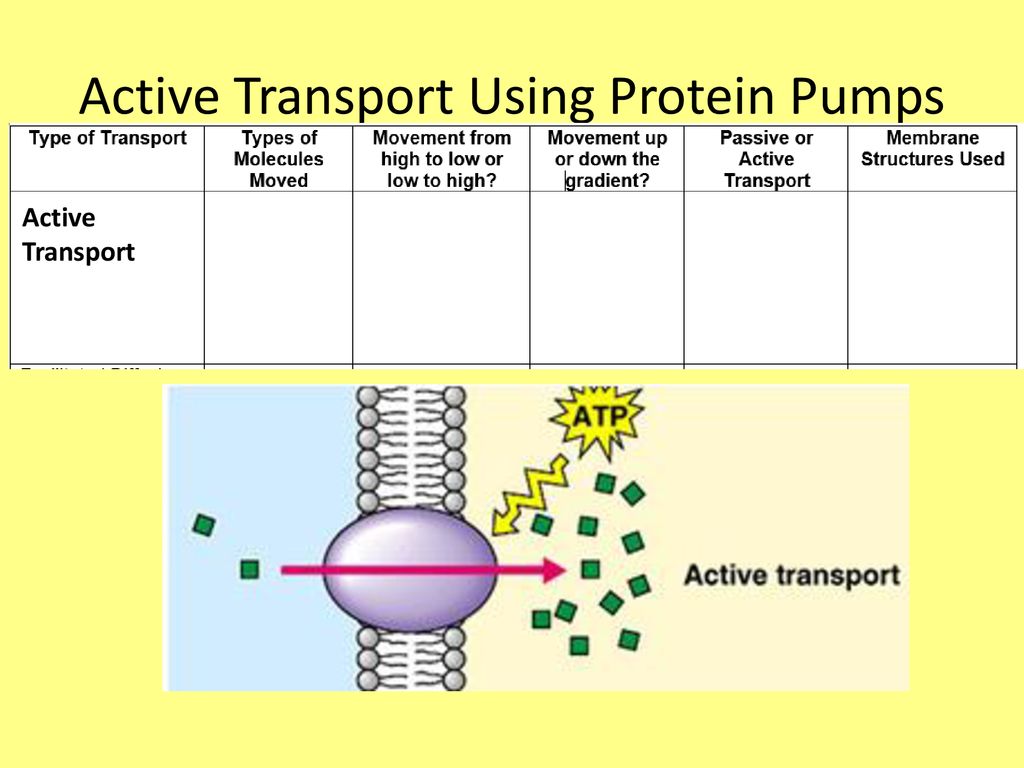
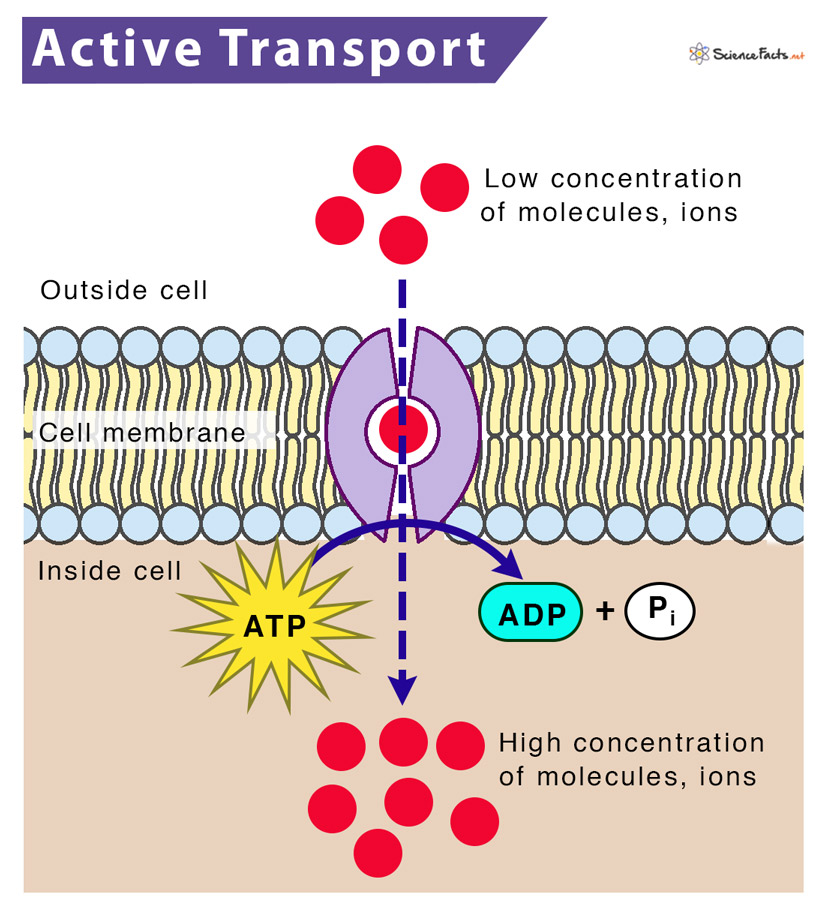

.PNG)
